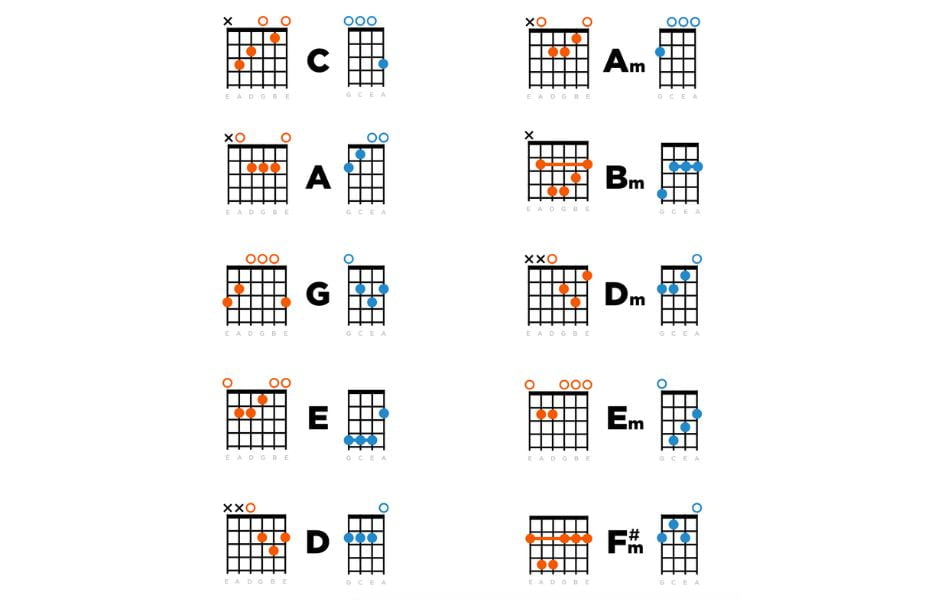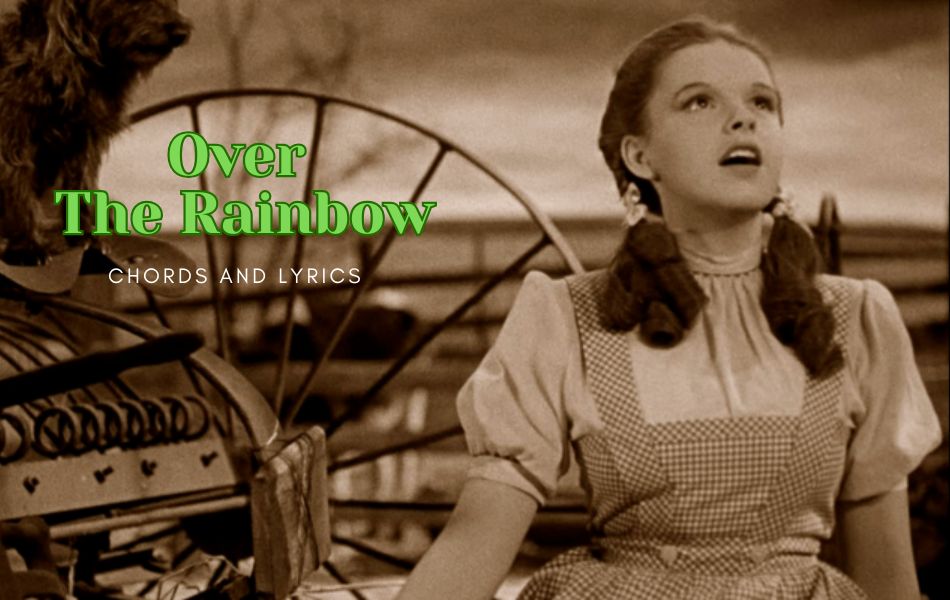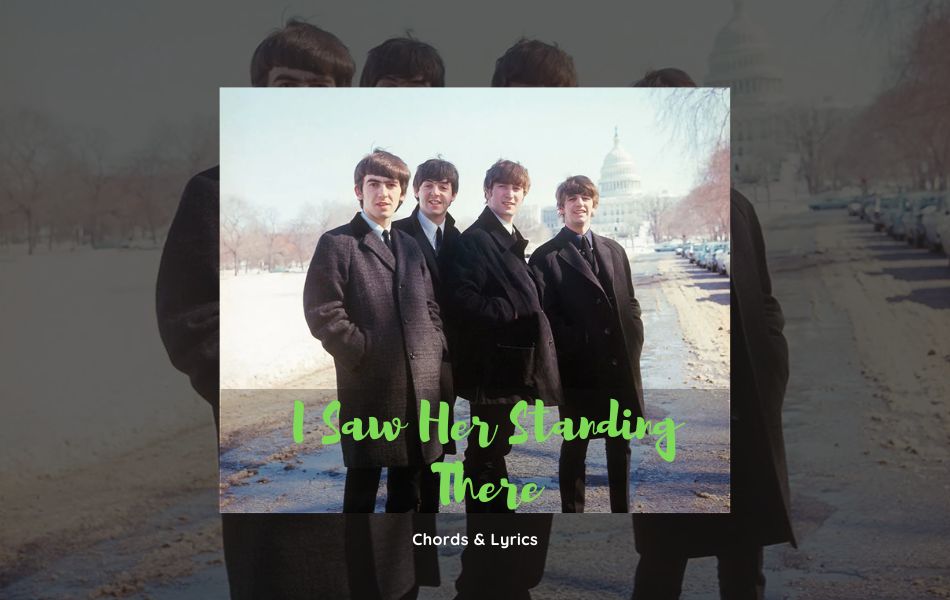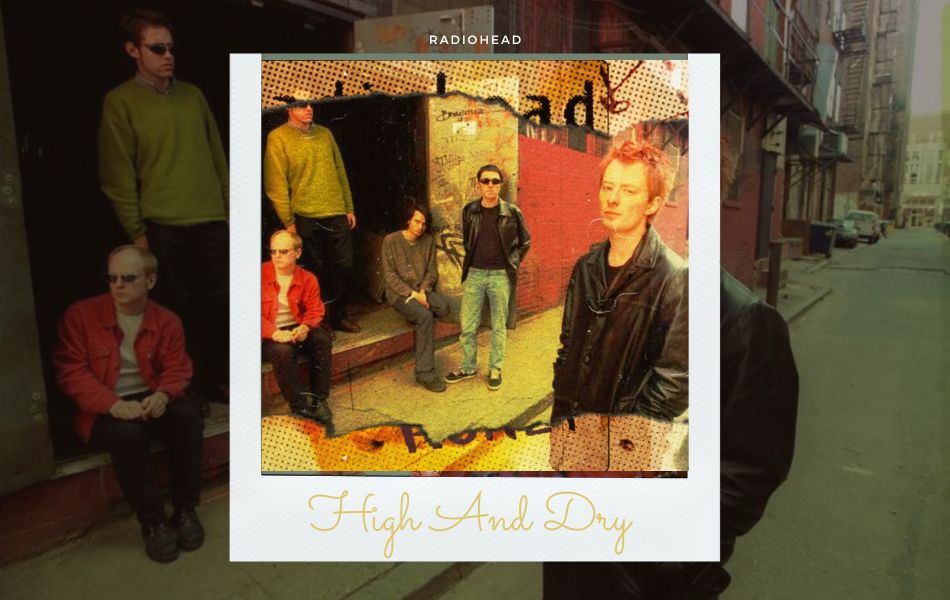Uke vs Guitar Chords: Transfer Guitar Chords to Uke Chords
Track Info

Song:
Artist:
Writers:
Producers:
Album: Updating
Chords Info
Tuning
CapoNo Capo
Chords Used
The ukulele has gained equal popularity to the guitar as a musical instrument. However, it possesses unique qualities that make it appealing to a broader range of people. In this exploration, we will delve into the uke chord and uncover the parallels shared between these two instruments. By understanding these similarities, you will acquire the knowledge to seamlessly convert guitar chords into uke chords, simplifying the process for you.
Comparing uke chords and guitar chords
Similarities between uke and guitar
Chord Progressions: Both ukulele and guitar use chord progressions to accompany songs. The concepts of chord progressions, such as I-IV-V, or common chord patterns like C-F-G, are applicable to both instruments.
Chord Names: The names of the basic chords—such as C, G, D, A, E, etc.—are the same for both ukulele and guitar. The differences lie in the fingering and voicings of these chords due to the variations in instrument design.
Music Theory: The underlying music theory principles that govern chord construction and harmony apply to both instruments. The relationship between chords, scales, and keys remains the same, regardless of the instrument.
Chord Charts and Resources: Chord charts and chord libraries available for guitar can often be adapted for the ukulele, and vice versa. Many online resources provide chord diagrams and tutorials for both instruments, allowing musicians to learn and play a wide variety of songs.
Differences between guitar chords and uke chords
Guitar chords tend to offer more complexity and variation compared to ukulele chords. The guitar's additional strings and larger range allow for more intricate chord shapes and voicings. The ukulele, with its smaller size and fewer strings, generally offers simpler chord structures.
Uke chords typically involve pressing down one or two strings with one or two fingers, while guitar chords often require multiple fingers to press down on multiple strings across different frets. This is primarily due to the difference in the number of strings on each instrument.
The relationship between the strings is different, so the same chord shape on the guitar will produce a different chord on the ukulele and vice versa. This means that chords played on the guitar may need tuning to play on the ukulele and vice versa.

How to transfer guitar chords to uke chords
Converting guitar chords to uke chords
Understand the Ukulele Tuning: The standard tuning for a ukulele is G-C-E-A, where the fourth string (the one closest to the ground when holding the instrument) is tuned to G, the third string to C, the second string to E, and the first string to A.
Identify the Guitar Chord Shape: Take the guitar chord shape you want to transfer to the ukulele and identify the finger positions and strings that are pressed down.
Determine the Root Note: Determine the root note of the guitar chord. This is the note that gives the chord its name.
Transpose the Root Note: Transpose the root note to the corresponding note on the ukulele. For instance, if the root note is G on the guitar, it will become C on the ukulele. You can use a chord chart or a musical instrument app to help you with the transposition.

Some examples of the converting
- G Major Chord on Guitar:
Guitar Chord Shape: 320003
Transposing the Root Note: G becomes C on the ukulele.
Ukulele Chord Shape: 0003
- C Major Chord on Guitar:
Guitar Chord Shape: X32010
Transposing the Root Note: C remains C on the ukulele.
Ukulele Chord Shape: 0003
- D Major Chord on Guitar:
Guitar Chord Shape: XX0232
Transposing the Root Note: D becomes G on the ukulele.
Ukulele Chord Shape: 0232
- A Minor Chord on Guitar:
Guitar Chord Shape: X02210
Transposing the Root Note: A becomes A on the ukulele.
Ukulele Chord Shape: 2000
- E Major Chord on Guitar:
Guitar Chord Shape: 022100
Transposing the Root Note: E becomes A on the ukulele.
Ukulele Chord Shape: 2100
Noted:
- 0" indicates an open string. An open string is a string that is played without pressing down any frets
- X: Indicates that the string should not be played or should be muted.
- 1, 2, 3: the order of the fingers on the strings 1-2-3-4 of uke
Each instrument will have its own characteristics that you need to learn carefully before you start. If you are passionate about music and want to break through your limits with melodious music, don't forget to learn about uke chords. Visit the Guitar Tunio website for more useful information about the ukulele.








